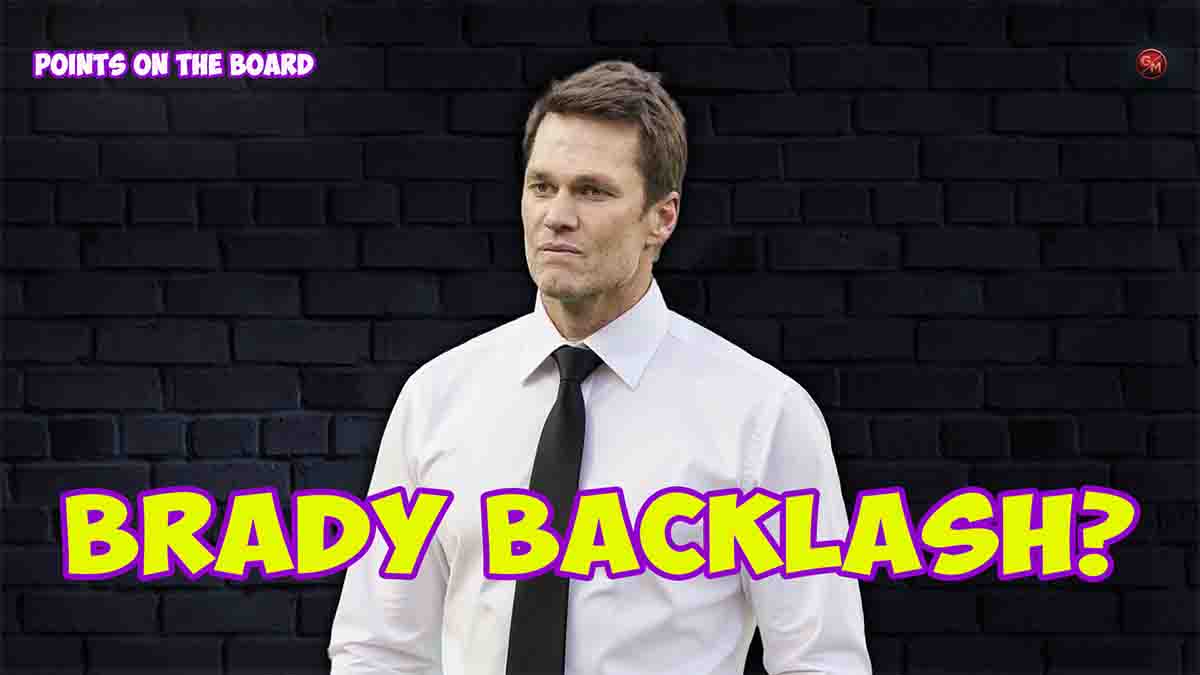
The Way I See It
In this Way I See It, a look at how the Tua Tagovailoa injury has triggered the NFL into a predictable cycle of overreaction.
The Storm
It happens every few years in the NFL. You know what I’m talking about: the overreaction to a specific event. Right now, the overreaction is related to the Tua Tagovailoa injury.
Watching the play in which Tua was injured against the Bills, it was obvious that he was hurt. I’m not saying it was obviously a concussion; only that he was hurt. The Dolphins claim that Tua was allowed to return to the game because his “gross motor instability” was caused not by a head injury but by a back injury.
Whether or not Tua pleaded his case to return to the game is irrelevant. All football players, from Pee Wee to the NFL, have been trained to play hurt. Bill Parcells is famously credited with asking his players “Are you hurt, or are you injured?” The clear implication being that playing hurt comes with the territory; an injury means that you can no longer perform.
Of course, now we know about injuries, particularly head injuries (concussions). There is a lot of awareness around Chronic Traumatic Encephalopathy (CTE), a neurodegenerative disease linked to repeated trauma to the head. It’s the reason the NFL and NFLPA adopted “concussion protocols” a few years ago.
The protocols include an independent neurologist at every game, spotters in the stadium who alert referees to the possibility of a player showing symptoms of head trauma. CTE awareness has also led to rules changes that would’ve made old-timers like Dick Butkus, Jack Tatum and Ronnie Lott criminals.
The Overreaction
Many of the rules implemented to reduce the number of concussions have been positive. The rule changes specific to special teams plays have been particularly effective. No more wedge blocks on kickoffs, no lining up over the center of field goals and PAT. The chaos surrounding onside kicks has been eliminated. All good stuff.
The results of some the other rules changes are debatable. Ever wonder why so many rookie receivers in recent years seem to be successful right off the bat? One big reason is that they are allowed to run routes with impunity, particularly over the middle of the field. In the “old days”, receivers were told “If you go over the middle, you’re going to get hit whether you catch the ball or not. So you might as well catch it” That intimidation factor is now gone.
Nowhere are the effects of head trauma more closely scrutinized than at the QB position. The NFL is determined to protect their most valuable assets– the QBs– at all costs. So when something like the series of events involving Tua’s injuries occurs, the overreaction is swift and heavy-handed. Doctors get fired. New, updated protocols are worked out with the NFLPA in record time. Perhaps most importantly, referees are told to protect QBs during the game.
The Results
Since Tua’s horrific-looking injury against the Bengals on national TV, I’ve seen some of the worst roughing the passer penalties called since… well, since the NFL overreacted a few years ago with the “no landing on the QB with your full body weight” rule. Grady Jarrett getting flagged for this tackle of Tom Brady. Chris Jones getting his strip-sack of Derek Carr reversed.
The Calm
One of my favorite commentators (and former Sports Grumblings’ NFL columnist), Tom Casale, had a great tweet on the subject:

This is the natural cycle of this sort of thing. Unfortunately, we’ll suffer through a season or two of QBs being treated like Italian soccer players before a new equilibrium is achieved.
The Disclaimers
The usual disclaimers: I’m not a neurologist. I wasn’t in the blue tent for either of the hits that sidelined Tagovailoa and I wasn’t at practice in between the injuries Tua suffered against Bills and Bengals. I have to make these disclaimers to preemptively address the idiots who feel the need to point out the obvious.
 |  |  |
 |  |
|





